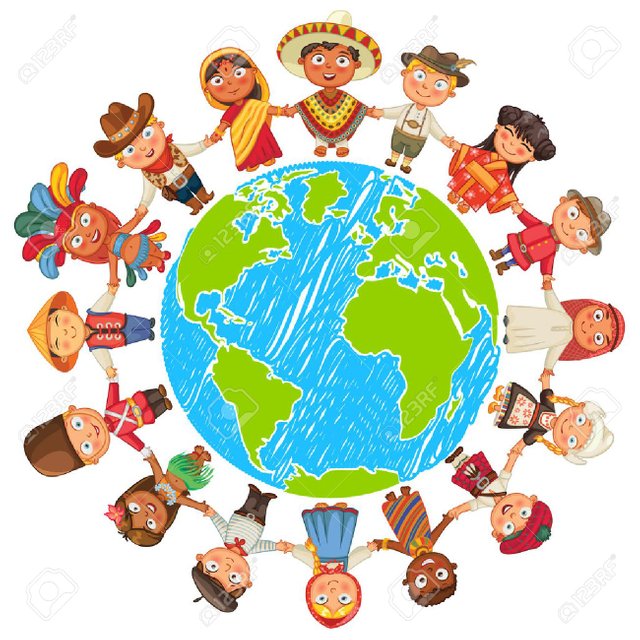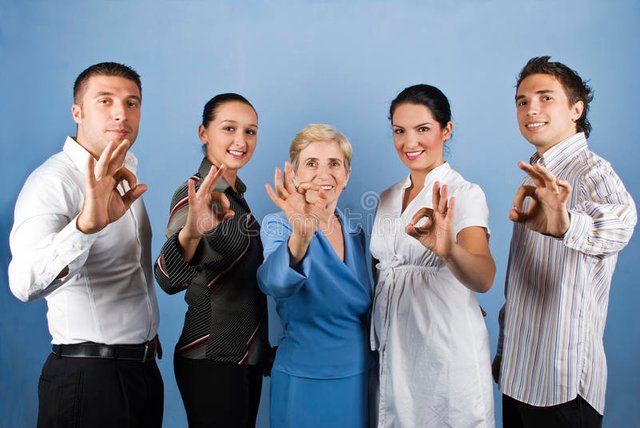The Influences on Nonverbal Communication to the Country
1.CULTURE- Different cultures have different verbal and also with nonverbal languages. Culture shapes also have arbitrary many nonverbal practices. Like verbal messages, nonverbal symbols also have arbitrary meanings. Nonverbal languages are interpreted base on own culture which in some case leads to misunderstanding or conflict among the people. Some are considered to be universally accepted while others are considered to be rude or it may form as an insult in several/some parts of the world. The significant smiles of people especially in Filipino in the philippines will show or indicate that you are friendliness , hospitality,and also at times used to conceal embarrassment. Nevertheless, some cultures when smiling to strangers can be a flirtatious act or too much of it would reveal shallowness.

Image Source

Image Source
These are the examples of Nonverbal Symbols which have differences and similarities in meanings across each cultures.

Image Source
a.) Smile -is very common of facial expression in different cultures. Smiling feel you to be happy. Americans smile freely to strangers while the Russians consider it strange and even impolite. It is untypical for Scandinavians to smile because it is a weakness to show your emotions or feelings. Nevertheless ,many Asian culture when smiling they used to express joy and friendliness but it can also be used to convey pain and embarrassment. For example , a chinese child is taught to smile as a social duty for him/her to appear happy and avoid inflicting his/her pains and sorrows upon his friends.

Image Source
b.)Head Movements -particularly nodding up and down ,in many cultures it will indicate agreement and its opposite respectively. Northern European individuals usually indicate agreement by nodding their heads up and down while shaking it to side by side expresses disagreement . Nevertheless, the Greeks and the Middle Eastern individuals mod for disagreement. Japanese nod up and down to signal that someone is listening. To avoid confusion , you may say Yes or No.

Image Source
c.)Thumbs up - This kind of gesture is commonly used to mean that it's "OK". Nevertheless ,such sign has vulgar meanings in the place of Iran and also latin American,Nigeria and Afghanistan.

Image Source
d.)"OK" sign - The "OK or Okay " sign is formed by joining the thumb and forefinger , making a circle. In the Philippines and Japan this gesture is used as symbol for money. To most Americans ,it means all is way of positive.

Image Source
e.) Clapping - is interpreted as a way of applauding but for the people from Spain and Orient , it is used as a means for summoning the waiter.

Image Source
f.) Eye Contact - Eye contact is also influenced by culture. Eye contact is typical among Americans. The Arabs,on one hand,engage in more direct contact ,whereas the Japanese interpret prolonged eye contact as a sign of disrespect. Japanese children at an early age are taught to avoid direct eye contact and direct their gaze to the area just below the chin.

Image Source
g.) Pointing with Forefinger - Using forefinger to point out something is an acceptable gesture for Americans. But in many parts of the world such pointing is considered a taboo. The Kiowa Indians in particular points with their lips.

Image Source
h.)Handshake - it serves as a greeting for friends or is exchanged when two people first meet. In Canada , men greet with firm handshake whereas women greet with a slight nod. In some cultures , offering a handshake using the left hand is considered rude or insulating as it is used for personal hygiene.

Image Source
I.)Passing an Object with one Hand or Left hand - In japan , it is considered to be rude to pass an object to another person with one hand, then the two hands must be used when one has to pass even a very small item. In the middle east, it is also rude to pass an object with the left hand that is considered it "unclean".

Image Source
j.) "V" Sign - it means a victory or peace in Europe but becomes an offensive gesture in some parts of Europe when doing it with the palm facing inward.

Image Source
k.)Beckon with index finger - In the United States, to signal someone with the beckoning index finger is accepted. Nevertheless, in oriented east like Japan and Malaysia that is considered a rude gesture. The Japanese beckon with a waving motion with the palm down and hand flapping up and down at the wrist. But to beckon a superior in this manner is also be considered a rude.

Image Source

Image Source
2.GENDER
A gender plays a role in the way of people to communicate. Ladies and gentlemen are noted to have a diffrences in several aspects. In general , women are considered to be more affectionate and sensitive than men. While men are noted to be tough, they have to protect manly and authoritative demeanor and these are manifested through their behaviors . For example , women tend to speak more softly and simple more than them.
Thanks for always supporting my blog @surpassinggoogle and @bayanihan & @ankarlie
Very informative 👍
This post i get great information
Nice . thank you . I already followed you.